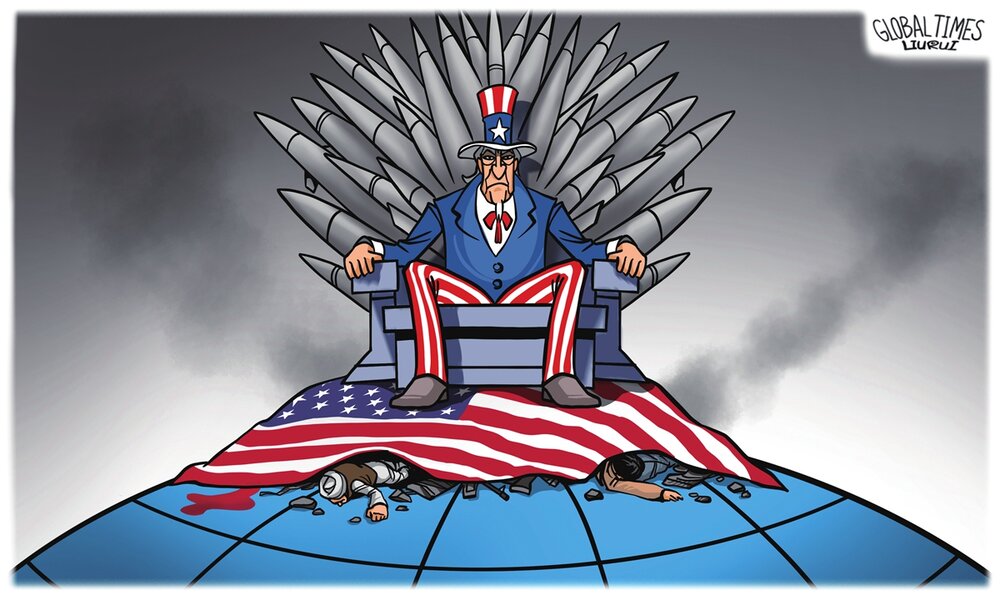Axis of good against axis of evil; balance of threat in new world order

More than two decades have passed since US President George W. Bush labeled Iran, Iraq, and North Korea as “axis of evil”. However, this strategy, as the general principle of US foreign policy, has not changed over time. This strategy is rooted in the ancient Rome Empire that was based on making enemies to create unity and convince public opinion about the hegemon's actions.
Therefore, in her latest statements former US State Department official and pro-Zionist journalist and politician Ellie Cohanim has mentioned Iran, Russia and China as the new axis of evil which aims to destabilize global security. Review of this literature by American officials clarifies two basic points about the direction of the American foreign policy.
First, among the three countries that were branded as axis of evil by Bush in 2002, two countries, Iraq and North Korea, have been sidelined by Iran. Iran, which is now labeled as the common denominator of old and new evil despite all the pressures and comprehensive sanctions by the West, today challenges the hegemony of the United States more strongly than the past. This deterrent power of Iran has increased significantly particularly after signing a multidimensional 25-year strategic treaty with China and preparing to make a similar deal with Russia in the near term and joining the SCO.
Secondly, the concepts of good and evil are ideological concepts to justify the actions and stabilize the hegemonic interests of the United States, and as the examples of this axis of evil have changed over two decades, there is no guarantee that other countries will not fall into this circle of evil if their interests contradict those of the United States. Instrumental use of moral concepts in line with Washington’s interests has damaged the moral credibility of this country. The 2003 war on Iraq is an example.
The result of this division of the world into good and evil is the human disasters that we are currently witnessing in many parts of the world, including in Ukraine.
It is strange that the ideologues of liberal democracy, who claim benevolence of the world, refuse to admit their miscalculations that have caused global instability and insecurity. They continue to point their finger at other countries and try to introduce Iran, Russia and China as the barbarians of the Western liberal democracy empire.
In the opposite coalition, two decades after George W. Bush’s axis of evil doctrine (designation), that phrase was conveniently rephrased by a Russian parliamentarian, touting the “axis of good” shaped by Russia via converging Iran and China on the anti-American rhetoric.
Regardless of this ideological view, today we are witnessing the formation of a new world order based on the balance of threats. On one side are the Western countries led by the United States and its regional allies, such as Arab countries, and on the other the expansion of NATO to the East, the presence of the United States in the South China Sea and increasing tensions in Taiwan. And finally, the creation of a Hebrew-Arab alliance against Iran in the Persian Gulf region has caused a perception based on the existence of a common threat for these three countries and pushed them towards an anti-Western coalition. Although these three countries have different and sometimes conflicting interests in the alliance, the common denominator of this coalition is its strong anti-Western, anti-imperialist and anti-American tendency.
Leave a Comment